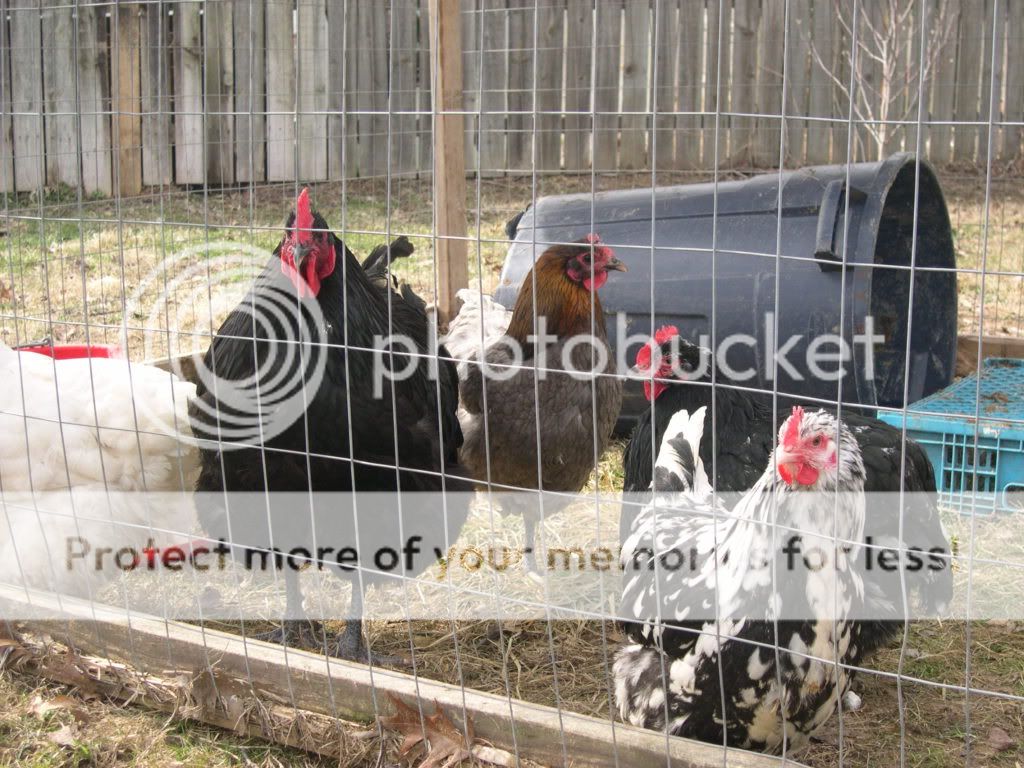I have a Buff Orp/Black cross. Your bird looks similar to my bird, except possibly a Blue/Buff. Most likely will breed true to a Black or Blue IF taken to a Black if you use him, and you may get some with Red leakage. I used mine since his Buff lineage was from a top exhibition breeder's Buff Orp line. And at the time the Black Orps in the USA had not seen the imports from the UK. I still use my BO/BLK, for the very same reason as you. I like the type, width and feathering of the offspring that he produced. I recommend you do small test hatches of 10 or so spaced out a month apart. The way genetics worked with mine, I seen some of the traits in offspring come from the hen's side and some come from the BO/Blk side. About every 10 eggs or so these traits will flip flop. I hatched every single egg to know how to use my mix. That is the way to get the best results. IF you choose to use him.

Some of his offspring


A nice variety is what you can expect.


Some of his offspring


A nice variety is what you can expect.

Last edited:

